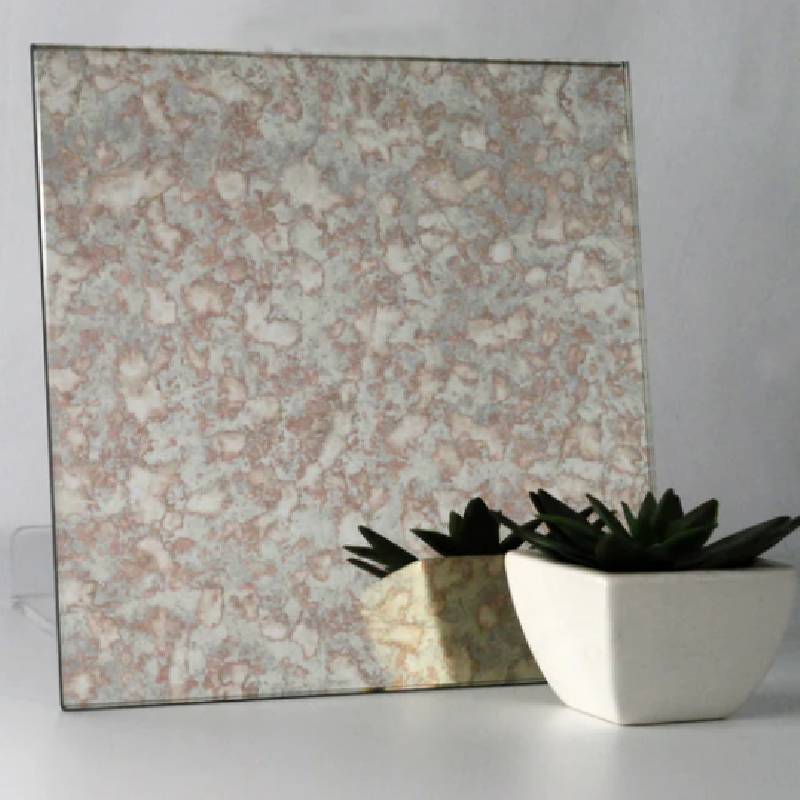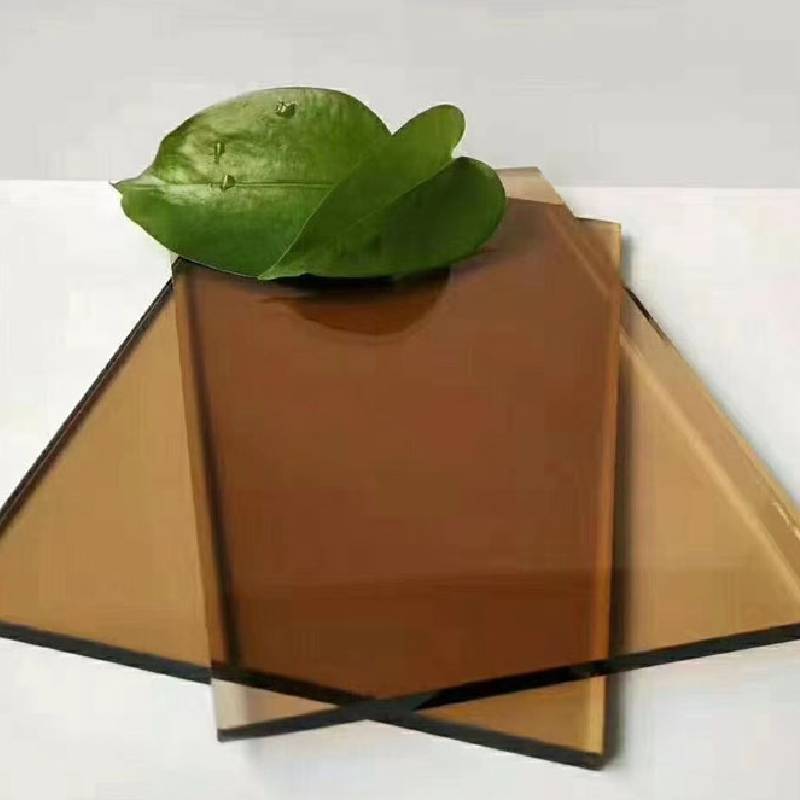Reflective glass architecture is redefining the aesthetics and functionality of modern buildings, offering an unparalleled fusion of design brilliance and environmental efficiency. When delving into the fascinating world of reflective glass, it becomes crucial to understand how this innovative material influences contemporary urban landscapes.

Reflective glass, at its core, is engineered with a specialized coating, which serves to enhance its mirror-like properties. This characteristic allows buildings to blend seamlessly with their environment, reflecting the skyline, greenery, or urban dynamism, leading to breathtaking visual outcomes. But beyond its aesthetic brilliance, the reflective glass architecture also embodies a commitment to sustainable building practices, providing significant benefits such as improved energy efficiency and occupant comfort.
One of the most celebrated experiences with reflective glass is its profound impact on energy consumption within buildings. Architects and engineers worldwide champion this material for its ability to reduce reliance on artificial lighting during daytime hours. The reflective properties manage solar heat gain, which is particularly advantageous in warmer climates where air conditioning demands are high. Lower energy consumption means reduced operational costs, a priority for both commercial real estate developers and building owners. The result is an eco-friendly footprint, heralded as a critical step towards achieving global sustainability goals.

Professionals working with reflective glass highlight its contributions to interior climate control. The glass acts as a barrier to ultraviolet and infrared light, preventing excessive heat from entering or escaping, thereby maintaining a stable indoor environment. This regulation reduces the need for heating and cooling systems, lessening their wear and tear, thus translating into long-term cost savings. Furthermore, the comfort provided by maintaining a consistent internal temperature creates an inviting atmosphere for tenants or visitors, a consideration that underscores the material's utility in residential and commercial spaces alike.
Industry expertise in the application and integration of reflective glass is vast. Leading architects and construction professionals are increasingly leveraging this material to push the boundaries of innovative design. Notable projects globally, such as the One World Trade Center in New York or The Gherkin in London, showcase reflective glass's potential for creating iconic and visually arresting structures. For projects seeking to enhance their environmental credentials and obtain certifications such as LEED (Leadership in Energy and Environmental Design), the strategic use of reflective glass can significantly contribute to achieving the necessary benchmarks.
reflective glass architecture
From an authoritative standpoint, organizations like the International Energy Agency (IEA) and the U.S. Green Building Council (USGBC) endorse the adoption of materials that decrease energy consumption and environmental impact. Reflective glass stands as a testament to such an initiative, aligning with these globally recognized entities’ directives and further cementing its place as a premium choice in sustainable architecture.
Trustworthiness, particularly when it comes to long-term investment, is another crucial aspect where reflective glass shines. The durability of high-quality reflective glass products ensures they withstand the test of time, maintaining clarity and structural integrity under various environmental pressures. This durability translates into minimal maintenance needs, thereby safeguarding the building's aesthetic and functional value over its life span.
In addition to its practical benefits, reflective glass architecture contributes to the mental and psychological well-being of occupants by increasing access to natural light. Studies have shown that exposure to daylight can improve mood, increase productivity, and even foster a sense of well-being. Thus, in workplaces where employee satisfaction and efficiency are paramount, incorporating reflective glass can have measurable positive outcomes.
Reflective glass architecture is not merely a trend but a movement towards a future where buildings are in harmony with their environment, both visually and functionally. It represents a sophisticated intersection of form, function, and sustainability, making it a vital consideration in the realm of modern construction. As more professionals recognize its value, reflective glass will continue to shine brightly as a cornerstone of avant-garde architectural practices.
 Afrikaans
Afrikaans  Albanian
Albanian  Amharic
Amharic  Arabic
Arabic  Armenian
Armenian  Azerbaijani
Azerbaijani  Basque
Basque  Belarusian
Belarusian  Bengali
Bengali  Bosnian
Bosnian  Bulgarian
Bulgarian  Catalan
Catalan  Cebuano
Cebuano  Corsican
Corsican  Croatian
Croatian  Czech
Czech  Danish
Danish  Dutch
Dutch  English
English  Esperanto
Esperanto  Estonian
Estonian  Finnish
Finnish  French
French  Frisian
Frisian  Galician
Galician  Georgian
Georgian  German
German  Greek
Greek  Gujarati
Gujarati  Haitian Creole
Haitian Creole  hausa
hausa  hawaiian
hawaiian  Hebrew
Hebrew  Hindi
Hindi  Miao
Miao  Hungarian
Hungarian  Icelandic
Icelandic  igbo
igbo  Indonesian
Indonesian  irish
irish  Italian
Italian  Japanese
Japanese  Javanese
Javanese  Kannada
Kannada  kazakh
kazakh  Khmer
Khmer  Rwandese
Rwandese  Korean
Korean  Kurdish
Kurdish  Kyrgyz
Kyrgyz  Lao
Lao  Latin
Latin  Latvian
Latvian  Lithuanian
Lithuanian  Luxembourgish
Luxembourgish  Macedonian
Macedonian  Malgashi
Malgashi  Malay
Malay  Malayalam
Malayalam  Maltese
Maltese  Maori
Maori  Marathi
Marathi  Mongolian
Mongolian  Myanmar
Myanmar  Nepali
Nepali  Norwegian
Norwegian  Norwegian
Norwegian  Occitan
Occitan  Pashto
Pashto  Persian
Persian  Polish
Polish  Portuguese
Portuguese  Punjabi
Punjabi  Romanian
Romanian  Russian
Russian  Samoan
Samoan  Scottish Gaelic
Scottish Gaelic  Serbian
Serbian  Sesotho
Sesotho  Shona
Shona  Sindhi
Sindhi  Sinhala
Sinhala  Slovak
Slovak  Slovenian
Slovenian  Somali
Somali  Spanish
Spanish  Sundanese
Sundanese  Swahili
Swahili  Swedish
Swedish  Tagalog
Tagalog  Tajik
Tajik  Tamil
Tamil  Tatar
Tatar  Telugu
Telugu  Thai
Thai  Turkish
Turkish  Turkmen
Turkmen  Ukrainian
Ukrainian  Urdu
Urdu  Uighur
Uighur  Uzbek
Uzbek  Vietnamese
Vietnamese  Welsh
Welsh  Bantu
Bantu  Yiddish
Yiddish  Yoruba
Yoruba  Zulu
Zulu 


